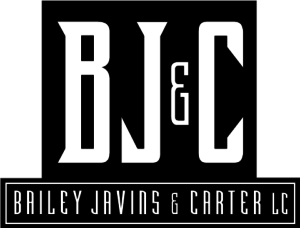Workers’ Compensation and Social Security Disability Attorneys
After a workplace injury occurs, it is critical for employees to take steps as soon as possible to protect their rights to receive workers’ compensation benefits. Contrary to popular misconceptions, workers’ compensation is not a government handout. It is a form of insurance that employers pay into on behalf of workers, with the expectation that those funds will be used to replace lost wages and pay medical expenses for people injured on the job.
Sources of Help for Injured Workers
Workers’ compensation, Social Security disability (SSD), Supplemental Security Income (SSI) and personal injury lawsuits are all potential sources of compensation for employees who have been injured on the job. The first step in exploring all available options for help after a workplace injury is to request a free initial consultation with a lawyer who is experienced in helping injured employees obtain maximum compensation. Our firm handles all workers’ compensation and social security legal matters for West Virginia clients, including:
- Denied Disability Claims
- Mental Health Claim Denials
- Physical Impairment Denial
- Occupational Disease and Illness Claim Denial
- Social Security Disability Laws in West Virginia
- Social Security Disability Insurance
Can I Sue My Employer? If I Am Hurt on the Job, What Are My Options?
In most cases, an injured worker does not sue his or her employer per se. Rather, the injured person makes a legitimate claim to receive workers’ compensation benefits. Contact the law offices of Bailey, Javins & Carter, L.C. to schedule a consultation with an experienced workers’ compensation attorney. However, under West Virginia law, if the injury is the result of exposure to an unsafe condition the employer knew existed or had reason to know existed, an injured worker may file suit against the employer.
When Is a Workplace Injury Not Just Resolved Through a Workers’ Comp Claim?
Sometimes, a workplace accident occurs as a result of negligence of a third party other than the employer. An equipment manufacturer, a subcontractor or a delivery service may be held accountable through personal injury litigation for injuries caused to workers who are not their own employees and at job sites where they perform services or provide tools and equipment.
We work on a contingency basis. We don’t get paid unless you do.
Contact Bailey, Javins & Carter, L.C.
Contact us at the law offices of Bailey, Javins & Carter, L.C. to schedule a no-risk discussion with one of our attorneys. We have recently associated and merged our practice with a long-established workers’ compensation, social security and bankruptcy lawyer Robert Noone, in order to provide comprehensive legal counsel and representation to people injured at work, both through workers’ compensation and by way of personal injury claims.

